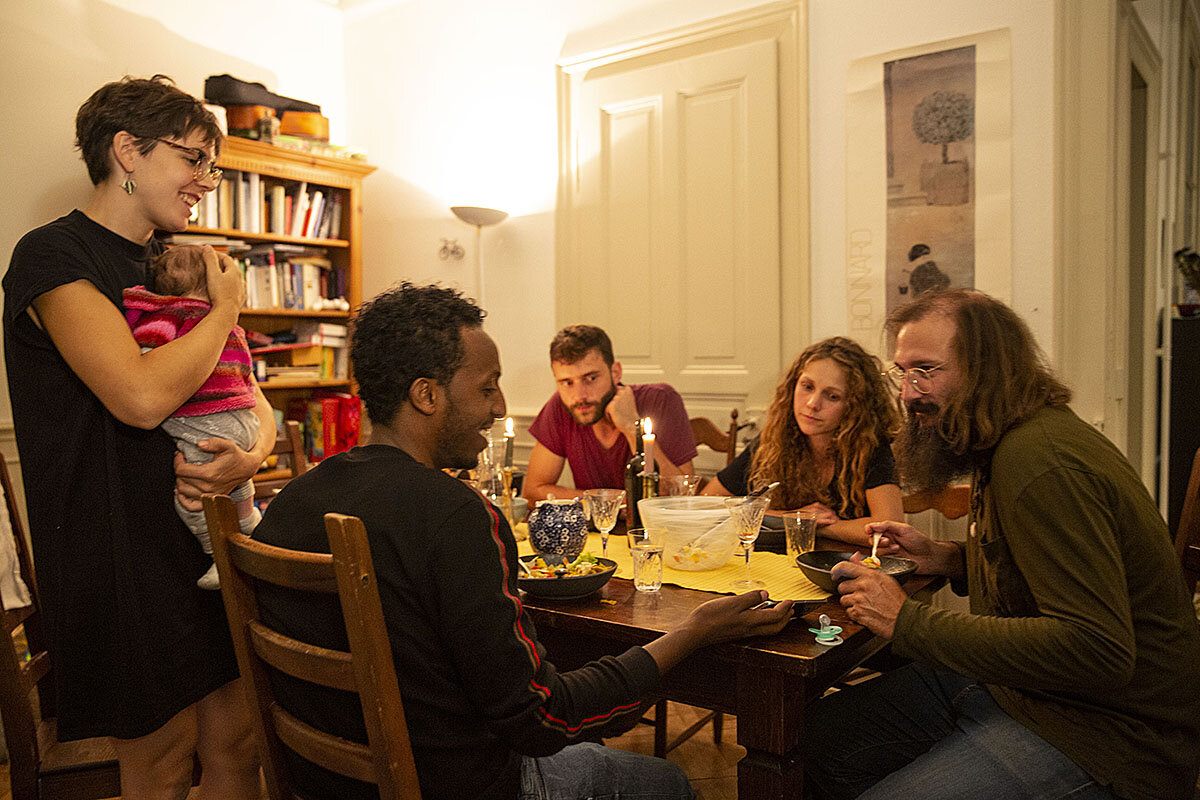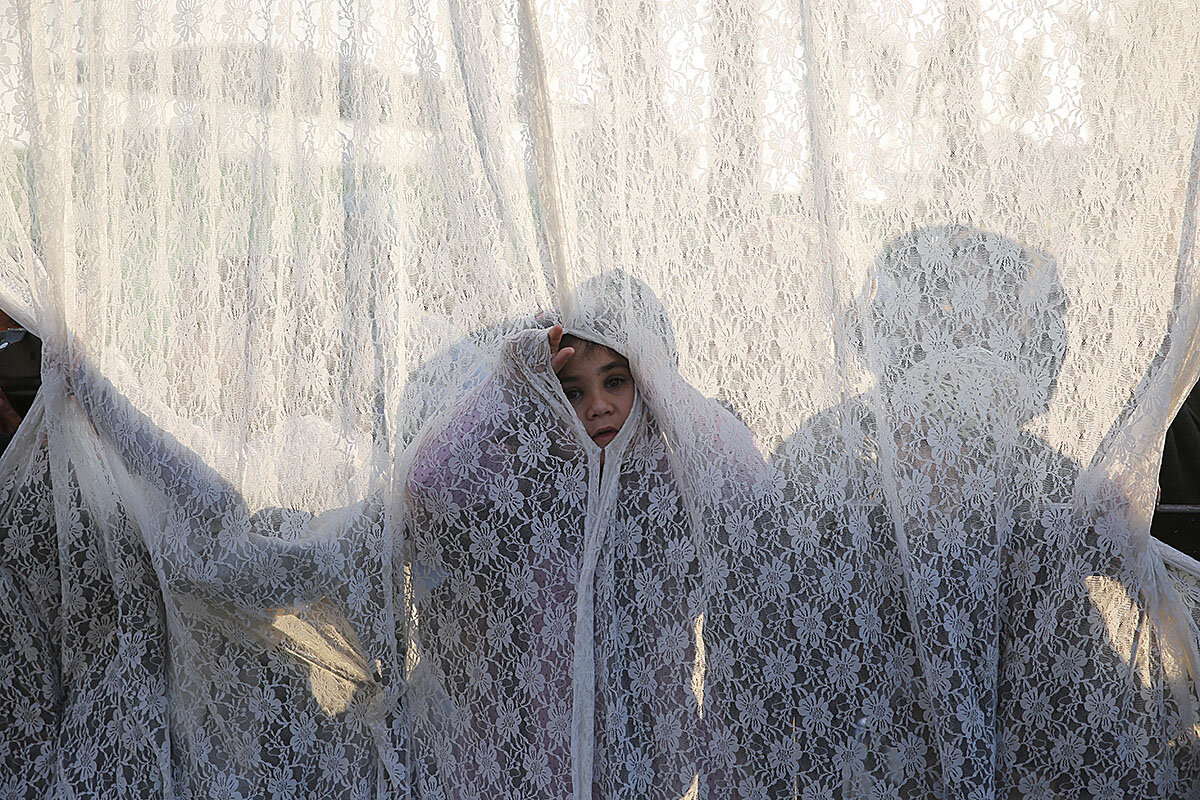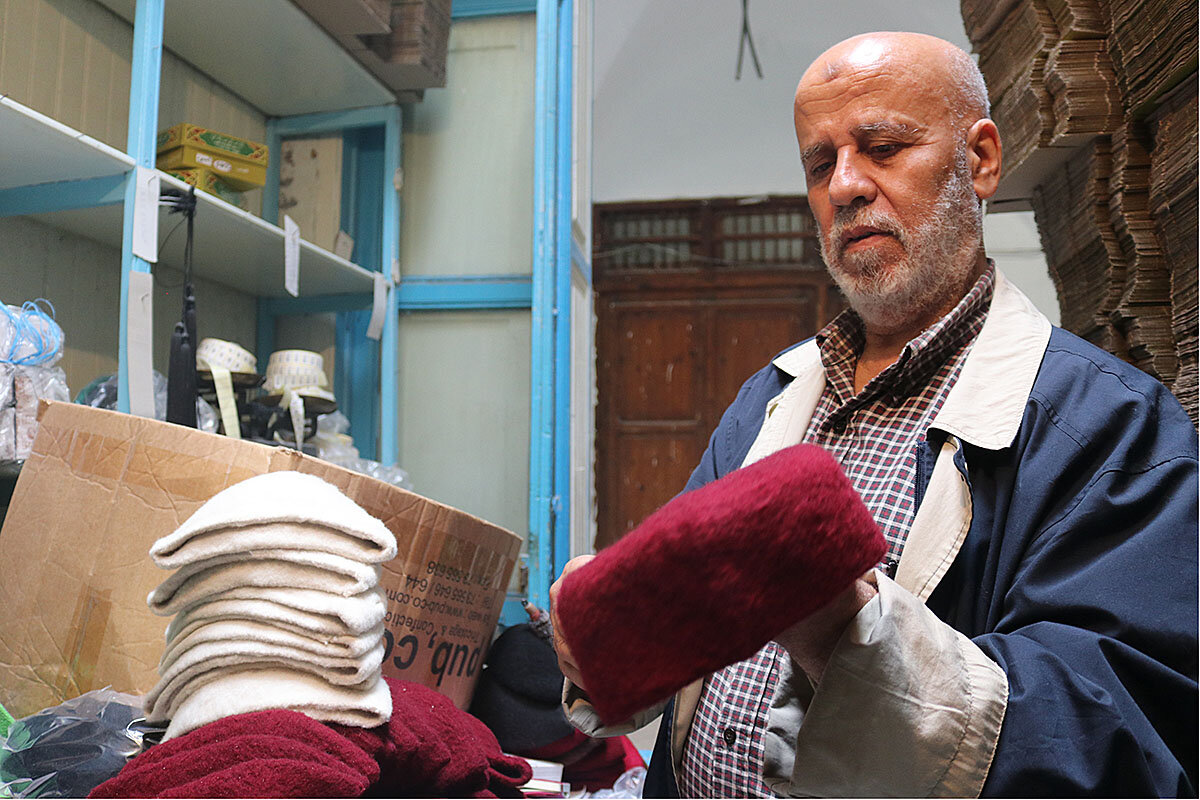Between the U.S.-China trade war and the uncertainties of Brexit, 2019 was marked by economic anxiety. The turn of 2020 may come as a sigh of relief.
Monitor Daily Podcast
- Follow us:
- Apple Podcasts
- Spotify
- RSS Feed
- Download
 Eva Botkin-Kowacki
Eva Botkin-Kowacki
Today’s stories examine optimism in the world’s economy, a unique strain of environmentalism in Alabama, an effort to break down barriers around Swiss dinner tables, how religious women in Israel are pushing back against gender segregation, and the exclusive society of hat-masters in Tunisia.
New Year’s conversations invariably turn to resolutions. For years, I’ve tried to scoot out of the room, embarrassed to say that I don’t set New Year’s resolutions, largely because I know I’ll beat myself up when I inevitably don’t attain them fully.
My glass-half-empty view isn’t unfounded – researchers estimate that only 55% of resolvers stick with their goals until February. But recently I realized that I may have been missing the point. New Year’s resolutions aren’t entirely about making literal goals. They can be a vehicle for reflection and regrouping, a chance to check in with oneself.
That epiphany came from two directions. Last year, a friend shared that one of his resolutions was to pet more dogs. The idea was to bring a little extra joy to each day. It was a simple, attainable, and energizing goal.
At the Monitor, we also have a sort of New Year’s resolution tradition. Each team, from the science desk to the Middle East desk, is asked to think about a particular idea to be something of a touchstone for the year. The exercise gives us a chance to give sustained attention to consequential issues.
Rather than being strict goals bound to frustrate, these resolutions are more intentions that empower. So in this new year – and new decade – perhaps I’ll actually set personal resolutions. And maybe I’ll pet more dogs, too.











